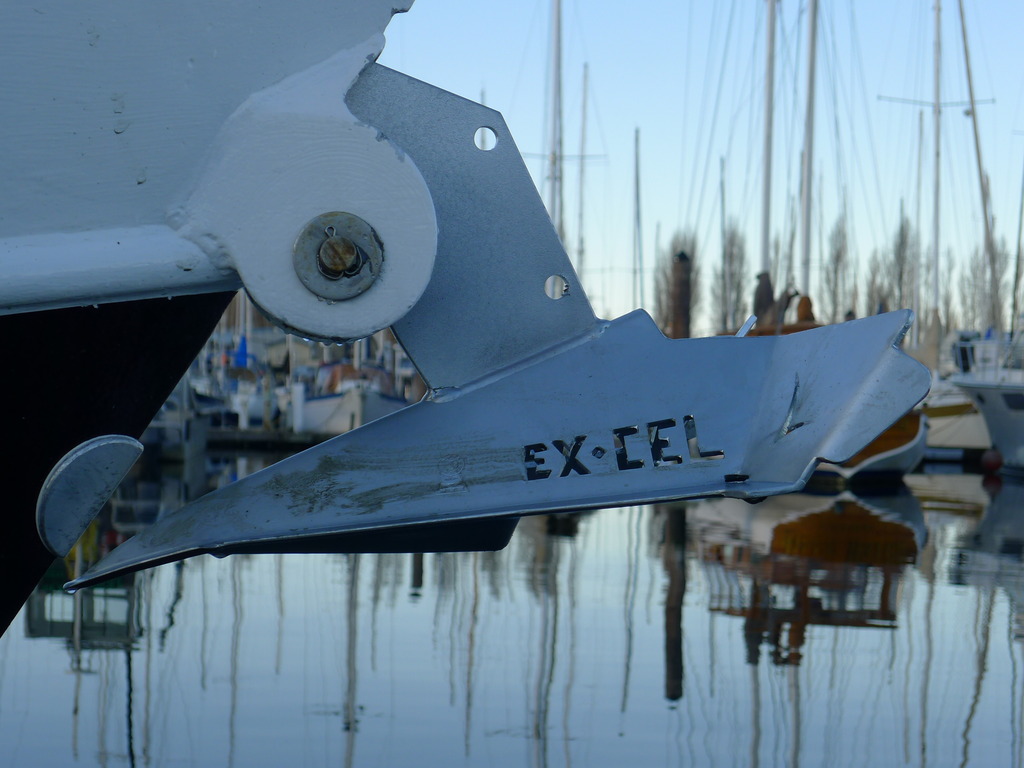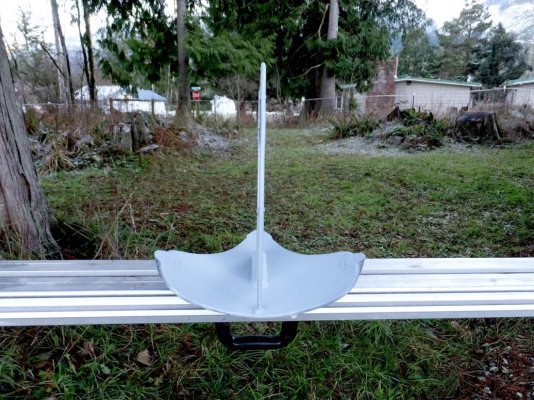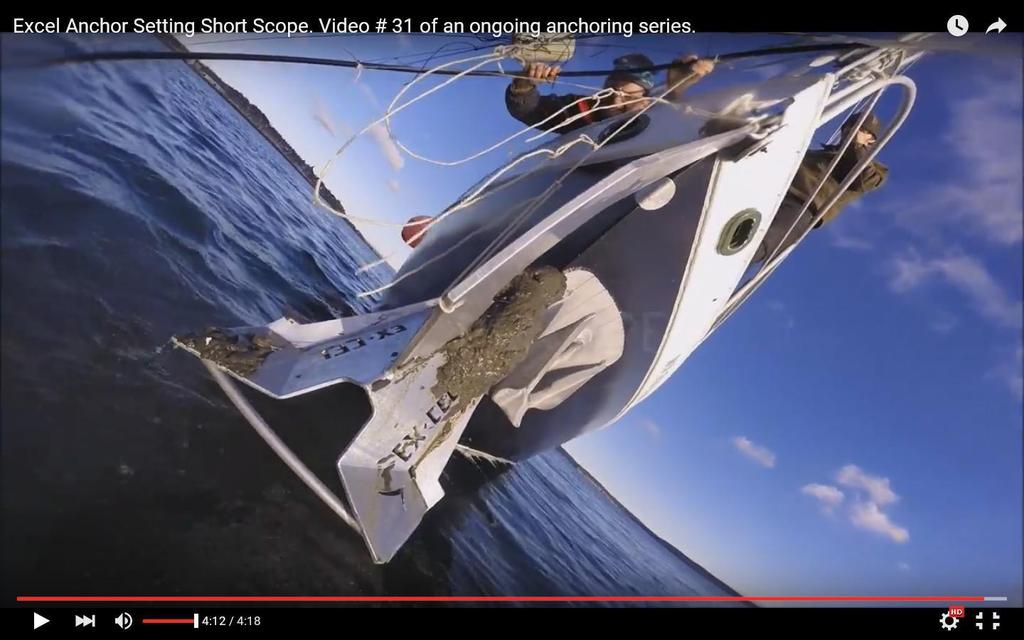Panope
Senior Member
- Joined
- Aug 21, 2014
- Messages
- 294
- Location
- USA
- Vessel Name
- Panope
- Vessel Make
- Colvin Saugeen Witch, Aluminum
Screen shot taken prior to the turbidity cloud formation. Note the position of the white objects that I have circled.

Screen shot taken after the turbidity cloud has dissipated. Note the position of the white objects that I have circled.

Sorry for the fuzzy screen shots. When the Raw HD footage is reviewed, these white objects are clearly one and the same.
Steve

Screen shot taken after the turbidity cloud has dissipated. Note the position of the white objects that I have circled.

Sorry for the fuzzy screen shots. When the Raw HD footage is reviewed, these white objects are clearly one and the same.
Steve


 , so I will report back on our experiences....
, so I will report back on our experiences....






